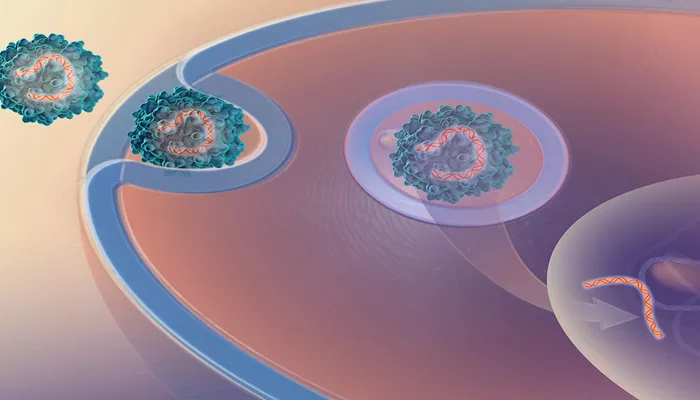Zodasiran, developed by Arrowhead Pharmaceuticals, has demonstrated significant reductions in triglyceride levels in patients with mixed hyperlipidemia, according to findings from the phase 2b ARCHES-2 trial (NCT04832971). The results, published in the New England Journal of Medicine, highlight zodasiran’s potential as an effective treatment for patients with hyperlipidemia linked to angiopoietin-like 3 (ANGPTL3) loss-of-function mutations.
Mixed hyperlipidemia is a complex disorder marked by high levels of total cholesterol, low-density lipoprotein (LDL) cholesterol, and triglycerides, alongside low levels of high-density lipoprotein (HDL) cholesterol. This condition is part of a genetic group known as familial hyperlipidemia, which leads to elevated LDL levels. Treatment options typically include lifestyle changes and medications such as statins and cholesterol absorption inhibitors.
The discovery of specific genetic mutations has paved the way for new molecular targets that can effectively lower cholesterol and triglyceride levels. ANGPTL3, a protein secreted by the liver, plays a role in inhibiting lipoprotein lipase (LPL), which breaks down triglycerides.
Patients with ANGPTL3 loss-of-function mutations usually have lower triglyceride and cholesterol levels.
Zodasiran is an RNA interference (RNAi) therapy that targets ANGPTL3 expression in the liver. In the ARCHES-2 trial, it showed favorable efficacy and safety among adults with mixed hyperlipidemia, defined as having fasting triglyceride levels between 150 and 499 mg/dL and either an LDL cholesterol level of 70 mg/dL or higher or a non-HDL cholesterol level of 100 mg/dL or higher.
The double-blind, placebo-controlled trial randomized 204 participants to receive subcutaneous injections of zodasiran at doses of 50 mg, 100 mg, or 200 mg or a placebo at baseline and week 12, with follow-up through week 36. The primary endpoint was the percentage change in triglyceride levels from baseline to week 24.
At week 24, patients receiving zodasiran exhibited significant dose-dependent reductions in ANGPTL3 levels compared to the placebo group: a decrease of 54 percentage points with the 50 mg dose, 70 percentage points with the 100 mg dose, and 74 percentage points with the 200 mg dose. Additionally, triglyceride levels decreased by an average of 51%, 57%, and 63%, respectively. Non-HDL cholesterol and apolipoprotein B levels also showed notable reductions.
These findings underscore zodasiran’s clinical significance as a treatment option for mixed hyperlipidemia. However, further research is necessary to evaluate its long-term safety and efficacy and its potential role in combination therapies.
Dr. Robert Rosenson from Mount Sinai Health System noted that zodasiran’s ability to significantly lower lipid levels suggests it could help reduce cardiovascular risks associated with elevated triglycerides.
He emphasized the need for additional studies to confirm these promising results and explore zodasiran’s potential benefits across various patient populations.
Related topics:


